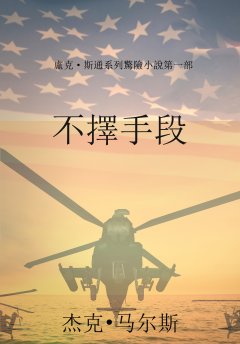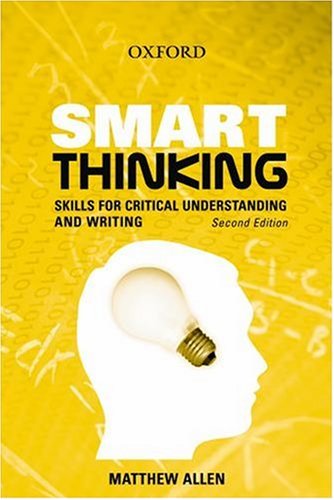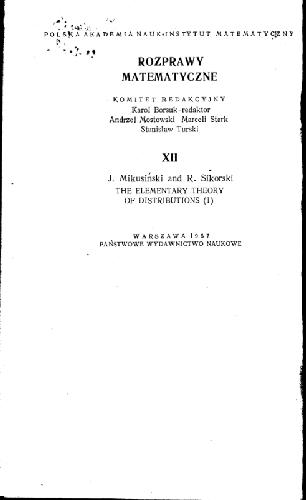- 2 402 202 книги
- Поиск
libcats.org








Prehistoric Investigations in Iraqi Kurdistan
Robert J. Braidwood, Bruce HoweThe volume under review deals with the aims, methods, preliminary results and problems of three campaigns in Iraqi Kurdistan (1948, 1950-51, 1954-55). It does not offer a final excavation or exploration report, since some of the materials have not yet been studied in detail; but it contains a valuable series of essays about special aspects of the project which was undertaken as a first major attempt to identify the earliest village-materials and their immediate predecessors. The archaeological and general chapters to the book are the work of R. J. Braidwood and Bruce Howe. They explain the scene and progress of the field-work; they give a survey of the sites excavated and the materials collected (chapters I-V). The middle part of the book consists of contributions by the scientists who took an essential part in the field research: F. R. Matson writes on ceramic analysis and carbon 14 dating; H. E. Wright Jr. on climate and prehistoric man in the Eastern Mediterranean (a comparative study concerned with the entire Levant); H. Helbaek on the palaeo-ethnobotany of the Near East and Europe (an excellent chapter, most informative for the archaeologist in search of specific statements and analyses of early "agricultural" materials); and Charles A. Reed on animal domestication in the prehistoric Near East (again very instructive, often with an element of reproach directed to field archaeologists who neglected to recognize or salvage zoological evidence in their excavations). The concluding chapters review the results in a more general setting so far as they can be defined in chronological, "environmental" and general cultural terms and periods. [From a review by Machteld J. Mellink in the American Journal of Archaeology 65 (1961) 195-96].
Популярные книги за неделю:

Проектирование и строительство. Дом, квартира, сад
Автор: Петер Нойферт, Автор: Людвиг Нефф
Размер книги: 20.83 Mb

Система упражнений по развитию способностей человека (Практическое пособие)
Автор: Петров Аркадий НаумовичКатегория: Путь к себе
Размер книги: 818 Kb

Сотворение мира (3-х томник)
Автор: Петров Аркадий НаумовичКатегория: Путь к себе
Размер книги: 817 Kb

Радиолюбительские схемы на ИС типа 555
Автор: Трейстер Р.Категория: Электротехника и связь
Размер книги: 13.64 Mb
Только что пользователи скачали эти книги:

Славный маленький тостер отправляется на Марс
Автор: Диш Томас МайклКатегория: Научная Фантастика
Размер книги: 104 Kb

Практикум по ценным бумагам. Учебн. пособие
Автор: Гусева И.А.Категория: Экономика экономические науки
Размер книги: 2.69 Mb

Smart Thinking: Skills for Critical Understanding and Writing
Автор: Matthew Allen
Размер книги: 4.22 Mb

Элементарная теория обобщенных функций
Автор: Микусинский Я., Автор: Сикорский Р.
Размер книги: 3.00 Mb





